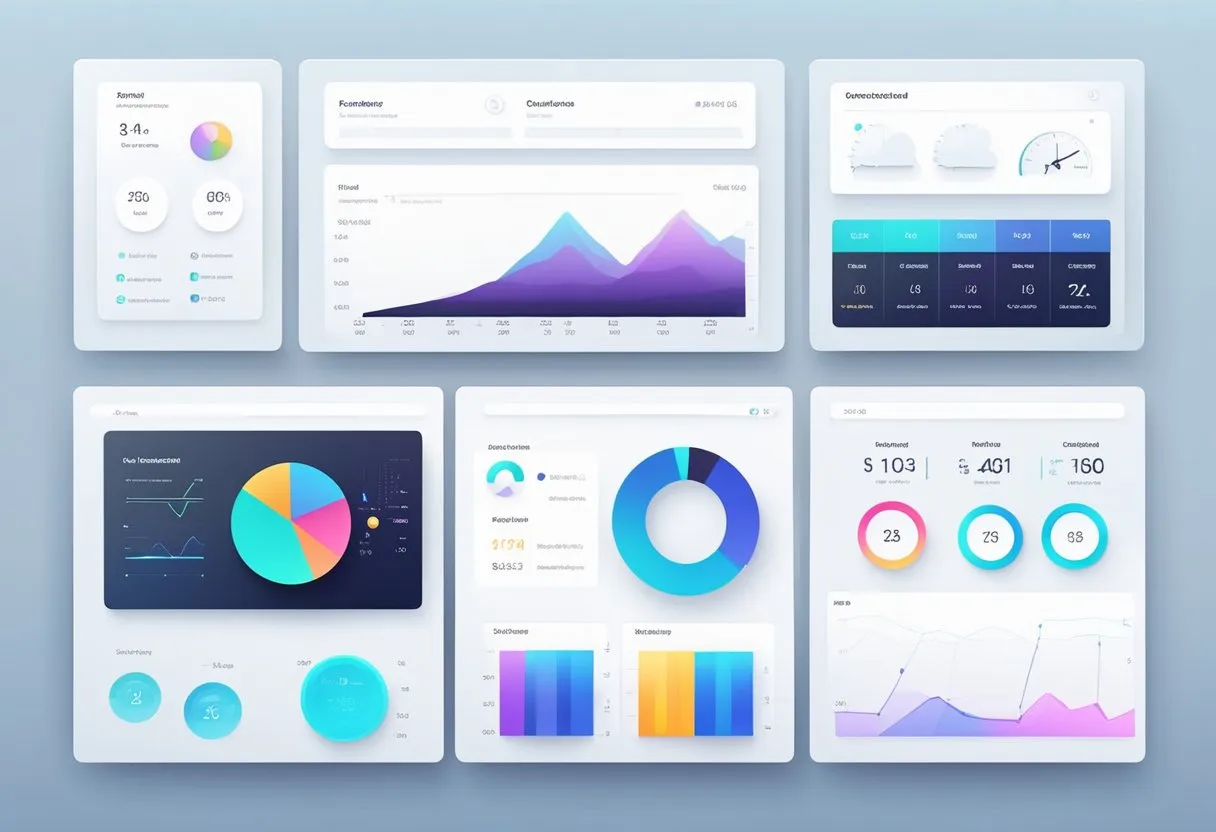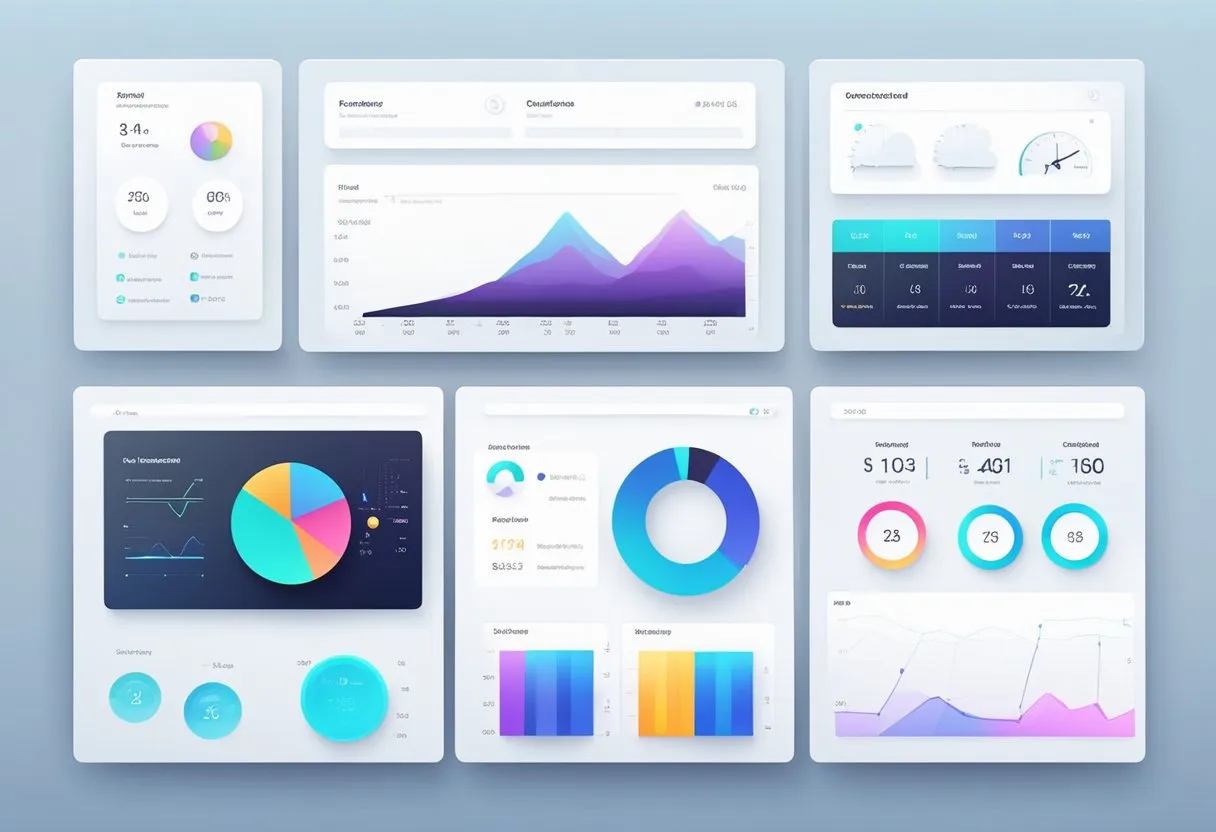Are you looking for ways to simplify your school or district’s app management? Do you want to ensure that students have access to approved third-party resources while keeping them safe from unapproved ones? Look no further than the Core App Dashboard.

The Core App Dashboard is a powerful tool that allows administrators to manage and customize their school or district’s app ecosystem. With features like user management, data analytics, and alerts, the Core App Dashboard makes it easy to keep your students safe and engaged with the resources they need to succeed. And with a comprehensive guide available, you’ll be up and running in no time.
Whether you’re a teacher looking to streamline your classroom app usage or an administrator tasked with overseeing an entire district’s app ecosystem, the Core App Dashboard is an essential tool for managing and customizing your app ecosystem. With its powerful features and intuitive interface, it’s never been easier to keep your students safe and engaged with the resources they need to succeed.
Overview of Core App Dashboard

If you are looking to enhance your app’s user experience, then a core app dashboard is what you need. A well-designed and developed dashboard can make your app easier to use. In this section, we will discuss the dashboard layout and key metrics that you should know about.
Dashboard Layout
The dashboard layout is the first thing that your users will see when they open your app. It should be simple, easy to use, and provide them with the most important information at a glance. A good dashboard layout should have the following components:
- Navigation menu: This allows users to quickly access different parts of the app.
- Data visualization: This can be in the form of graphs, charts, or tables that display important metrics.
- Notifications: This informs users of any important updates or changes in the app.
- Customization options: This allows users to personalize the app to their liking.
Key Metrics
Key metrics are the most important data points that you want to track in your app. These metrics can vary depending on the type of app you have, but some common ones include:
- User engagement: This measures how often users are interacting with your app.
- Conversion rate: This measures the percentage of users who complete a desired action, such as making a purchase.
- Retention rate: This measures how many users return to your app after their initial visit.
- App performance: This measures the speed and stability of your app.
By tracking these key metrics, you can identify areas where your app can be improved and make data-driven decisions to enhance your user experience.
In summary, a core app dashboard is a powerful tool that can help you optimize your app’s performance and provide valuable insights into your users’ behavior. By designing a well-structured dashboard layout and tracking key metrics, you can create an app that is easy to use and meets your users’ needs.
User Management

Managing users is a critical part of any app, and the Core App Dashboard makes it easy for you to do so. The dashboard provides a comprehensive set of tools that enable you to manage user accounts, assign roles and permissions, and control access to different parts of your app.
User Roles
One of the most important aspects of user management is the ability to assign roles to different users. With the Core App Dashboard, you can create custom roles that define what users can and cannot do within your app. For example, you might create a “Manager” role that has access to all parts of the app, while a “Viewer” role can only view certain parts of the app.
Access Control
In addition to user roles, the Core App Dashboard also provides powerful access control features that enable you to control who can access different parts of your app. You can define access control rules based on various criteria, such as user roles, IP address, and location. This helps you ensure that only authorized users can access sensitive parts of your app, such as user data or payment information.
Overall, the Core App Dashboard provides a powerful set of tools for managing users and access control in your app. By using these tools effectively, you can ensure that your app is secure and that users have the access they need to get the most out of your app.
Feature Modules
In an Angular application, feature modules are used to organize code. They are NgModules that contain code relevant to a specific feature. By doing this, you can apply clear boundaries for features, making it easier to maintain your codebase as your application grows.
Analytics
The analytics feature module is responsible for displaying data about your application’s usage. It can include graphs, charts, and other visualizations that help you understand how your application is being used. This module can also include services that retrieve data from your server and display it to the user.
Settings
The settings feature module is responsible for allowing users to customize their experience with your application. This can include things like changing their password, updating their profile information, and adjusting their notification settings. This module can also include services that interact with your server to update user data.
Support
The support feature module is responsible for providing users with help when they need it. This can include a knowledge base, FAQs, and a contact form for users to submit support tickets. This module can also include services that interact with your server to retrieve support data and handle support requests.
Overall, feature modules are a powerful tool for organizing your code and making your application easier to maintain. By breaking your application down into smaller, more manageable pieces, you can ensure that your codebase remains clean and easy to work with.
Customization Options
If you want to make your Core App Dashboard unique, you can customize it with different themes and widgets. Here are some of the customization options available to you:
Themes
With the Core App Dashboard, you can choose from a variety of themes to give your dashboard a personalized look and feel. You can customize the colors, fonts, and styles of your dashboard to match your brand or personal preferences.
To customize your theme, you can use the Theme Editor tool with your Admin Site access. You will be able to choose and set up an app theme and color scheme according to your liking. You can also create a custom template and color scheme to make your dashboard even more unique.
Widgets
Widgets are small applications that can be added to your Core App Dashboard to display important information or provide quick access to frequently used features. You can choose from a variety of widgets that are available in the Dashboard Studio tool.
Some of the most popular widgets include:
- User Accounts Widget: This widget displays a list of all the user accounts in your app. You can use it to manage user accounts, add new users, or delete existing ones.
- Data Analytics Widget: This widget displays important analytics data, such as the number of app downloads, user engagement, and revenue. You can use it to monitor the performance of your app and make data-driven decisions.
- Notifications Widget: This widget displays all the notifications that have been sent to your app users. You can use it to manage notifications, send new ones, or delete old ones.
By customizing your Core App Dashboard with themes and widgets, you can make it more useful and appealing to your users. With the help of the Theme Editor and Dashboard Studio tools, you can create a dashboard that reflects your brand and meets your specific needs.
Performance Insights
The Core App Dashboard provides you with key insights into how your app is performing. These insights can be used to optimize your app’s performance, enhance user experience, and make informed decisions. Here are some of the performance insights that the Core App Dashboard provides:
Real-Time Data
The Core App Dashboard provides you with real-time data on how your app is performing. You can see how many users are currently using your app, how long they are spending on your app, and what actions they are taking. This data can help you identify any issues with your app’s performance and make any necessary adjustments.
Historical Analysis
In addition to real-time data, the Core App Dashboard also provides you with historical analysis of your app’s performance. You can see how your app has performed over time and identify any trends or patterns. This information can be used to make informed decisions about how to optimize your app’s performance.
By using the performance insights provided by the Core App Dashboard, you can optimize your app’s performance, enhance user experience, and make informed decisions.

